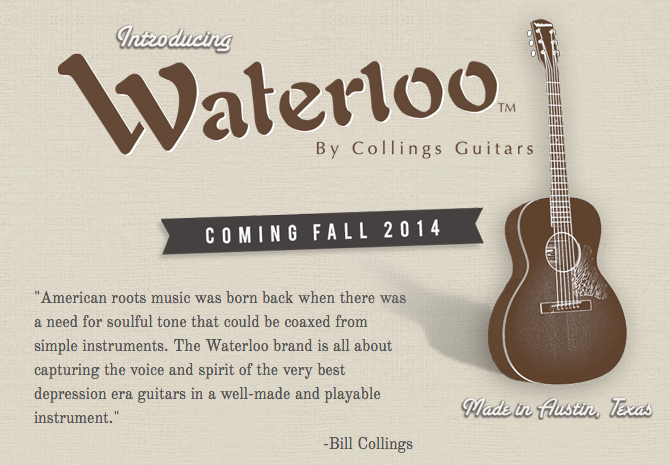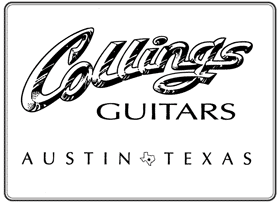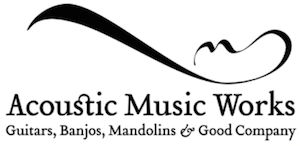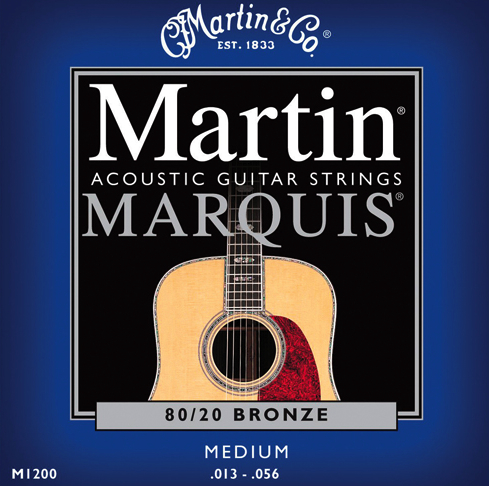Yesterday I went down to McKenzie River Music in Eugene to play some guitars. It's a fantastic shop with lots of vintage Martins as well as newer stuff by Collings, Bourgeois, Santa Cruz, etc. I played a 1966 Martin D-35 which I liked more than I had expected to, a stellar Collings DS3 with an adirondack top and Brazilian rosewood back and sides, and a nice Brazilian Bourgeois Signature D.
The superstar of the day, however, was a 1956 D-18. What an awesome guitar. Dry, punchy, yet still warm, and really light-weight. Tight-grained spruce in at the center opening up to really wide-grain at the edges. Lots of honest playwear, but it's all original and no structural issues other than the (repaired) era-typical B-string crack and three small cleated cracks on the back. It's had a neck reset so it plays great, and I was surprised that I didn't find the 1-11/16" nut width to be too tight given that I typically prefer 1-3/4".
What's even more interesting about this guitar is its backstory, although there is no formal documentation of this narrative. Apparently MRM got the guitar from a lawyer in California who said he had received the guitar in trade for legal services from David Grisman. Yep, that David Grisman, "Dawg," the fabulous mandolin player. Of course, the guys at MRM have no way of verifying this, but it's a nice story. Then in October of this year, Grisman, who is playing a show at the McDonald Theatre in Eugene that night, walks into the shop to check out some vintage instruments, and they say "hey, do you recognize this D-18?" He confirms that he swapped it for some legal work...So, no official paperwork, but the story according to the nice folks at MRM is at least consistent from two sources, including Dawg himself.
Update: 3.5 years later I visit MRM for the first time since purchasing this guitar. I remind them that I bought the '56 D-18 a few years back, and they launch into the same story about how it came from Grisman to them. So at least the story has remained consistent, which helps it credibility.
Read more about this guitar here.
(click on the pictures below to enbiggen)
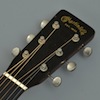
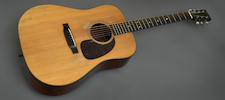
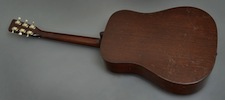 pictures from www.mckenzierivermusic.com
pictures from www.mckenzierivermusic.com

 Friday, August 21, 2015
Friday, August 21, 2015